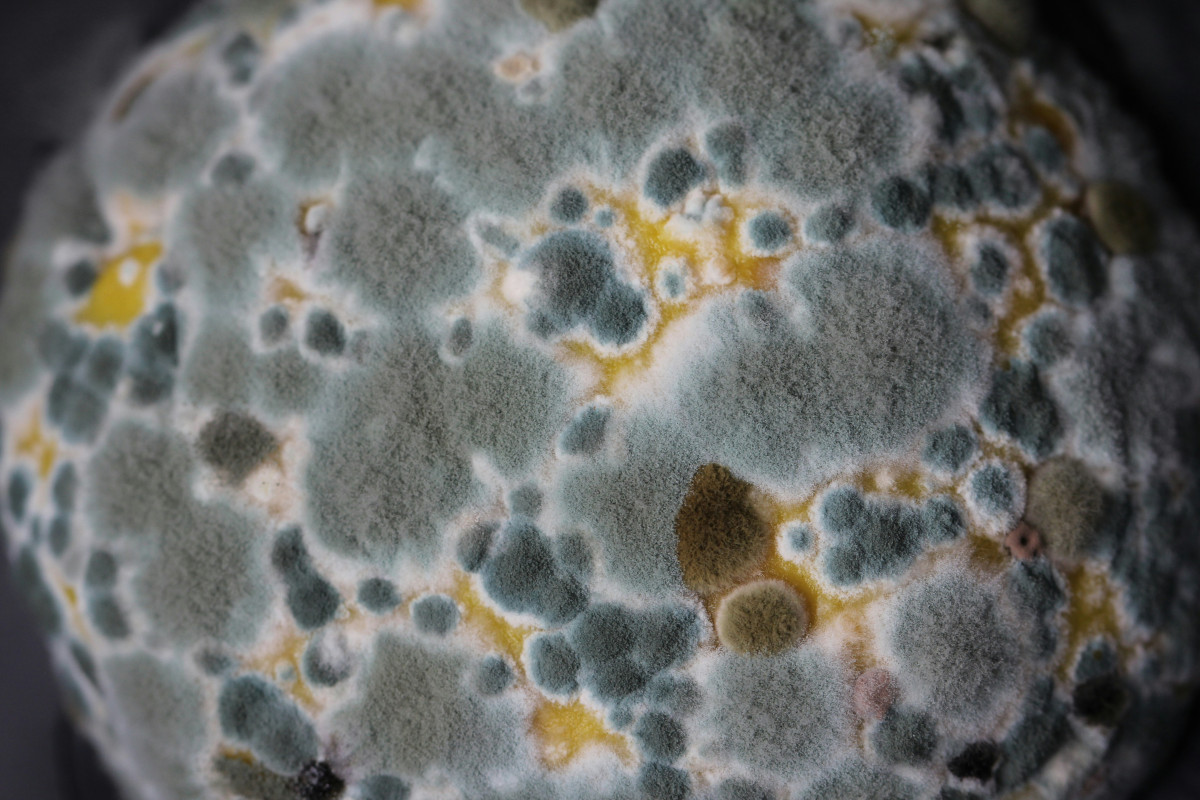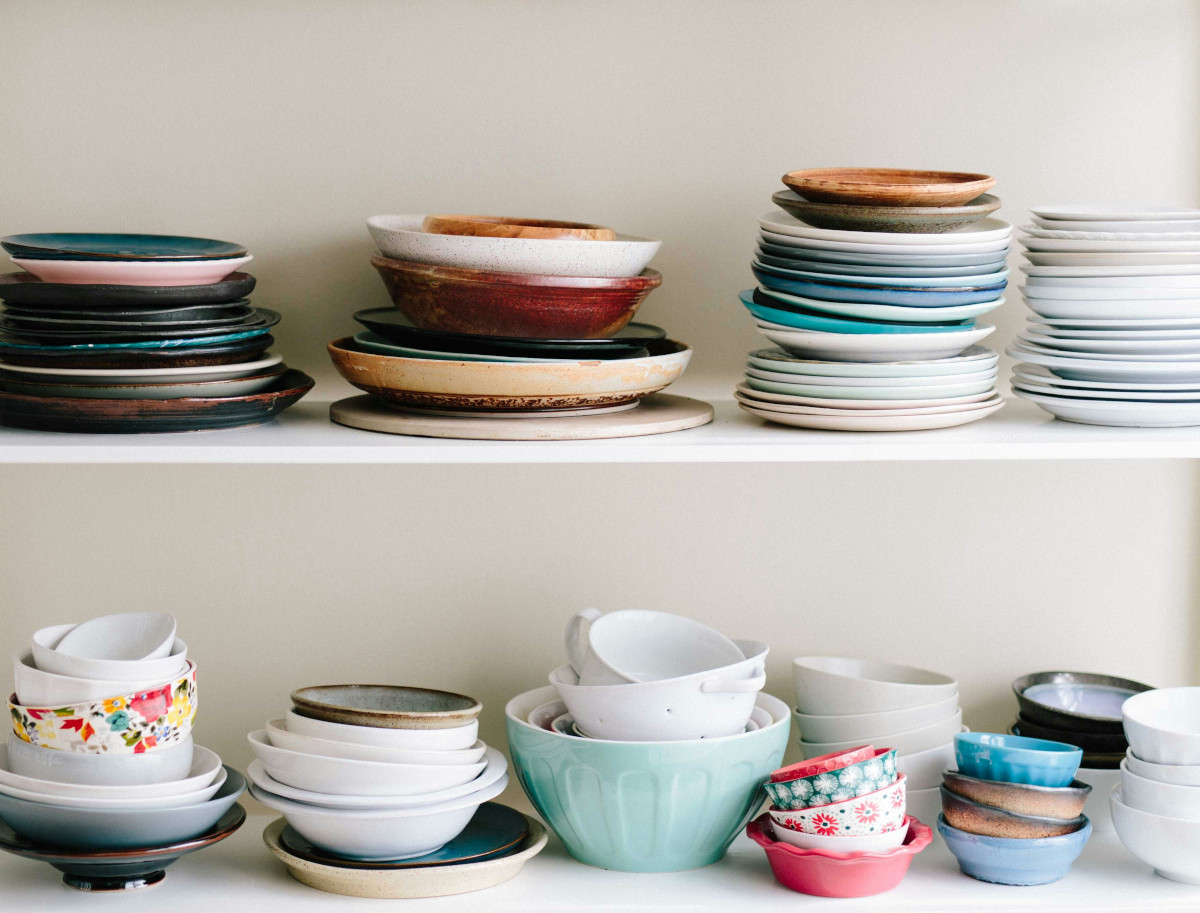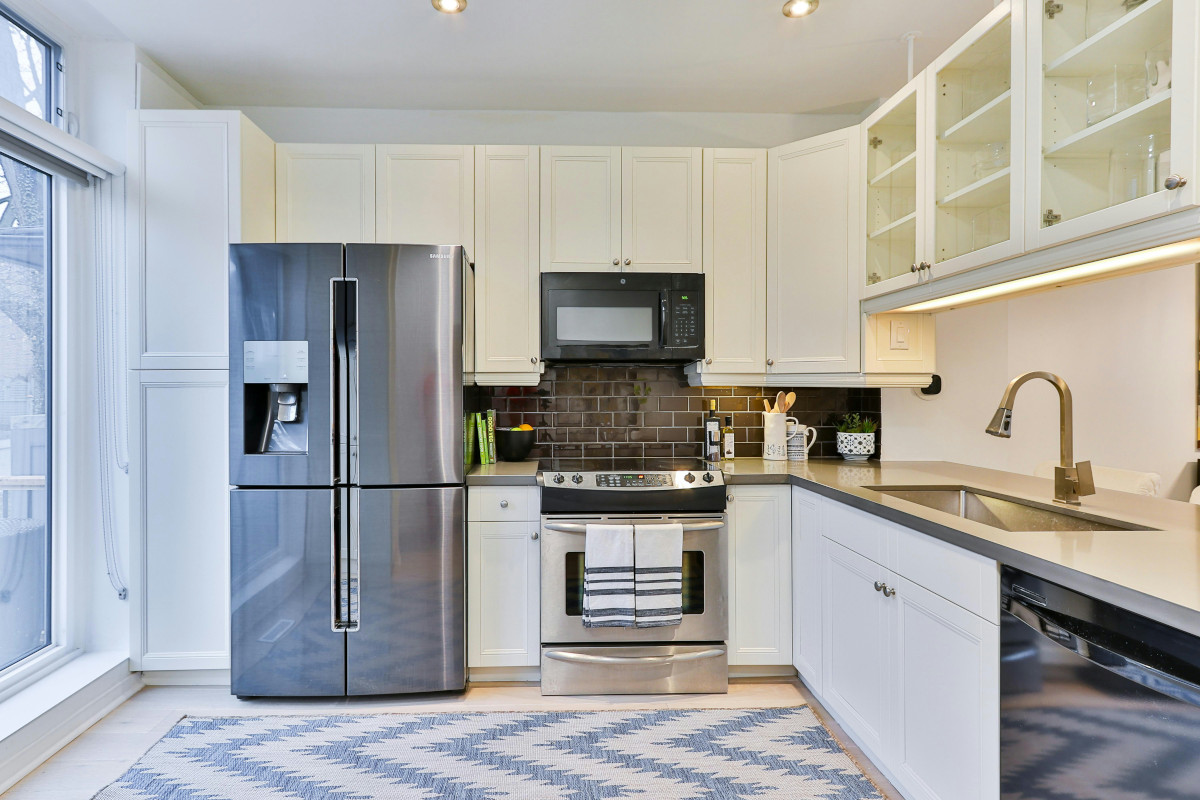How to Prevent Mold in a Storage Unit

There are plenty of things to worry about when locking your goods away out of sight for an extended period of time – but mold is probably one of the most prominent things our customers tell us they’re concerned about. So, we’ll show you how to prevent mold in a storage unit.
Just know you can let almost ALL of your worries disappear by choosing WheeKeep for self-storage. Our climate-controlled, weather-protected units keep humidity levels in the right range. We’re the #1 choice in Saudi Arabia because we keep our facility clean and optimized.
That said, we’re still going to show you tips on how to avoid mold in a storage unit in general – such as packing items properly, understanding what shouldn’t be kept in storage, maximizing airflow, and even using moisture control methods inside the unit.
But the best thing you can do for peace of mind is partnering with WheeKeep for all your storage needs, be it our on-site storage units for a home renovation or our portable storage units for freeing up space. Learn more about how our storage solutions work today!
Do Storage Units Get Moldy?
Let’s address the elephant in the room – do storage units get moldy? While they CAN, it’s not as common as people make it out to be. You have little to worry about if you understand what causes mold and take steps to mitigate it from forming in the first place.
What Leads to Mold Growth?
Mold thrives when humidity stays high and the air inside a space doesn’t move. This moisture is often brought into the storage unit through your own doing. It could be furniture that hasn’t fully dried from cleaning or slightly damp clothing.
Wood absorbs humidity, fabrics hold onto moisture, and cardboard wicks it upward like a sponge. Humidity swings throughout the day can make that internal moisture even worse if a unit isn’t climate-controlled.
Temperature plays a role as well. The inside of a standard storage unit can climb well above outdoor temperatures. That condensation feels mold before you even have a chance to catch it when warm air hits a cool surface like metal, glass, or tile.
Common Items That Trap Moisture
Certain belongings are mold magnets when you’re not careful with how you store them:
- Clothing and linens: Even slightly damp fabric becomes a breeding ground inside boxes or bins.
- Couches, mattresses, and padded chairs: Foam and upholstery hold moisture deep inside.
- Wood furniture: Wood absorbs humidity and releases it slowly, giving mold plenty of time to spread.
- Appliances: Washing machines, fridges, and dishwashers often hide leftover water in seals and hoses.
- Cardboard boxes: Cardboard absorbs humidity and creates a dark, damp space where mold can thrive.
The good news? Even these high-risk items can be a non-issue when you choose WheeKeep for storage, the #1 choice in all of Saudi Arabia.
Measures We Take at WheeKeep to Prevent Mold
WheeKeep’s units are built with Saudi Arabia’s heat and humidity in mind. Climate-controlled options keep temperatures steady, and our ambient storage units present a more stable environment than standard storage ever could.
Beyond the conditions themselves, we take drastic measures to keep every unit clean, sealed, and weather-protected. We’ll deliver a unit to your location so you can pack it up at your leisure. Then we’ll come back to pick it up and take it to our secure storage facility. When you’re ready to retrieve your goods, we’ll bring them back to you.
We also train our team to spot early signs of water intrusion or damage on units when they move through our facility, so issues are caught before they reach a customer.
Learn how to determine what size storage unit you need or use our intuitive storage size calculator, and take the next step with WheeKeep. We’re going to share more tips on how to prevent mold in a storage unit below.
How to Prevent Mold in a Storage Unit
Mold prevention starts before you ever lock the unit. It’s less about fighting mold after the fact and more about removing the conditions it needs to grow. Make smart choices about where you store your items, how you pack them, and how you manage moisture from the beginning.
Pick a Climate-Controlled Unit
We’ve sort of touched on this throughout our guide on how to prevent mold in a storage unit, but you can put most of your stress in the past by just choosing a climate-controlled storage unit.
This is a non-negotiable if your items are valuable, vulnerable to heat, or going into storage for more than a month. We also have a fridge storage unit solution if you’re really worried.
Inspect the Unit Before You Pack
Your storage unit is going to arrive empty, and you’ll probably be eager to pack it up right away. But take a moment to walk around the unit and look for signs of leaks, rust, or past water damage. Look at the walls, corners, and flooring in particular.
Don’t be afraid to ask for a different unit if there’s any musty smell or discoloration. Even a well-sealed container can have issues if the last person stored damp items inside. We’re confident you won’t find any problems with our storage units, but if you do, we want to know so we can make it right for you! Customer service is everything for us here at WheeKeep.
Use the Right Materials When Packing
This is an important takeaway from our guide on how to avoid mold in a storage unit. You need to think carefully about how you pack your items.
We get it – cardboard boxes are cheap, but they absorb moisture fast. Use plastic storage bins with tight-sealing lids whenever possible. Wrap upholstered furniture in breathable covers (not plastic wrap because it traps moisture). Add silica gel packets or moisture absorbers inside boxes or bins with fabrics or papers.
We also have a lot of customers asking us what to put on floor of storage unit, wondering if a tarp is necessary. The answer is no. These storage units we provide are fully sealed and ready to just be packed up. Find more tips on how to pack a self-storage unit in our blog.
Prep Sensitive Items Properly
Wipe down wood and leather with appropriate conditioners before storing. Fully empty and dry out any appliances (fridge, washer, coffee machine) before sealing them. Leave doors slightly open so air can circulate inside. Remove batteries from electronics and store cords separately to prevent corrosion.
Keep Airflow in Mind
How you position your items within the storage unit matters as well. You want to make the most of available space, but avoid stacking everything floor to ceiling. Leave small gaps between boxes and furniture to let air move.
Better yet, try to raise items off the ground using wooden pallets or shelving to avoid condensation where cold meets hot. This is especially important in non-climate-controlled units.
Don’t Store Damp or Recently Cleaned Items
This one should go without saying if you’re trying to learn how to prevent mold in a storage unit – but don’t bring anything wet or even a little damp into the space. It sounds simple, but we still see this mistake made all the time.
Anything you’ve washed or steam cleaned – be it clothing or furniture – needs to be given ample time to fully dry. Not just dry to the touch. Moisture deep inside cushions or fabric takes longer to evaporate and creates a perfect mold breeding ground once sealed in a unit.
Add Moisture Control Inside the Unit
Still stressing about how to protect your goods from humidity in a storage unit? Just place moisture control solutions throughout the storage unit!
You can buy calcium chloride tubs, hanging desiccant bags, or even use buckets of charcoal for natural absorption. Check and replace them every few weeks if you’re accessing the unit regularly. Again, though, this is overkill in most cases when you work with WheeKeep.
How to Get Rid of Mold in a Storage Unit
You won’t have to deal with this if you follow our tips on how to prevent mold in a storage unit. However, it’s still worth understanding how to get rid of mold in a storage unit if you’re curious. This is the process we suggest you follow.
Identify What’s Salvageable and What Needs to Go
Start by separating items that can be cleaned from items that are too far gone. Heavy mold inside mattresses, deep in couch cushions, or throughout cardboard boxes often means those pieces aren’t worth saving.
Hard surfaces like wood, metal, or plastic do respond well to cleaning, though. Fabrics with light spotting might be recoverable, but anything with a strong smell or soft, crumbling texture usually needs to be thrown out.
Remove Items Safely
Mold itself can be dangerous if inhaled or ingested accidentally, so it’s important to protect yourself while handling items that are covered in it. That means wearing gloves and a mask.
Move affected items outside the unit so you can see what you’re working with. Try to avoid shaking or tossing anything, since that can release mold into the air and onto other belongings.
Clean Surfaces the Right Way
A mix of warm water and detergent works well for hard surfaces. Follow this up with a wipe-down with white vinegar. Let each piece dry completely in open air. As for fabric items (like clothes or linens), you can just wash them in hot water with a strong detergent.
Wood furniture may need a gentle scrub followed by time in the sun to dry fully. Whatever you do, avoid soaking anything with thick padding. Trapped moisture will just restart the cycle.
Treat the Unit Interior
Look closely at the walls, corners, and floor of your storage unit after emptying it and taking note of where mold spores exist. Wipe everything with a detergent solution, then follow with vinegar. Let the unit air out completely before returning any belongings.
Of course, you should report the issue to whoever you’re renting the storage unit from. You can request a different unit if you suspect the mold came from a leak or roof issue. In these cases, the storage company may be responsible for damage caused to your items.
Improve Airflow While Cleaning
Prop the door open and let the space breathe. You might even want to set up a small fan to move air through the unit while everything dries. Good airflow goes a long way in helping remove lingering moisture that might cause the mold to return.
Final Words on How to Avoid Mold in a Storage Unit
We hope these tips on how to prevent mold in a storage unit give you peace of mind as you prepare to pack your goods away. Remember, it’s as simple as packing the right way and choosing the ideal storage unit for your needs.
WheeKeep gives you clean, sealed, and climate-controlled options built for Saudi Arabia’s weather if you want the safest setup from day one. From on-site units to moving storage units, WheeKeep is the trusted choice across Saudi Arabia.
Book your unit today and store your items with confidence!
Related Blogs

How to Store Plates in Storage
Storing dishes can be stressful - especially if you have sentimental or expensive plates, glasses,...
Read more
How to Store Appliances in Storage
Every day, we show customers how to store appliances in storage. But many find choosing...
Read more
How to Store Carpets in Storage: Rug Storage Ideas
You're renovating, moving, or preparing for an extended trip abroad. But you're worried about storing...
Read more
